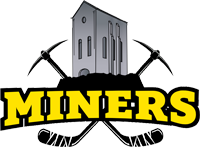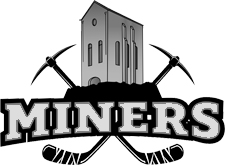
Buying Inline Hockey Wheels
Skating Surface
You need to pick the right hardness of wheel for the surface you will be skating on. If the wheel is too hard, you will slip around as you won't have the grip required. If the wheel is too soft, the wheels will wear and split very quickly. The ideal is to get the right balance between having enough grip and the wheel not wearing too fast.
The hardness required is also dependent on your weight.

Wheel Hardness (Durometer)
The hardness of the wheel is often stamped onto the sidewall. It will have a number followed by an 'A'. Alterntively it may just say 'soft' or 'outdoor', etc.Note: Don't be confused with the the number corresponding to the size of the wheel. this will also be printed on the sidewall but will usually be followed by the letters 'mm'.
Wheels are broadly divided into either indoor or outdoor wheels. The higher the durometer number the harder the wheel. Generally the smoother the skating surface the softer the wheel required.
| Durometer | Use |
|---|---|
| 72A (XX-Soft) | Very soft. Only for lightweight players on an indoor surface. |
| 74A (X-Soft) | Best for indoor sport court surface. |
| 76A (Soft) | Soft wheel good for slightly heavier players on an indoor surface. Most common durometer |
| 78A (Multi-surface) | Handles both indoor and outdoor skating but not necessarily best for either. Good for wood surface with heavier skaters. |
| 80A (Multi-surface) | Not good for sport court but works well for outdoor skating and for wood surfaces. |
| 82A (Outdoor) | For unsealed concrete and asphalt. Can be used on sealed concrete but grip will tend to be poor. |
| 84A (Outdoor/Asphalt) | Very hard wheel. Works well for concrete and asphalt, and for heavier skaters. |
Wheel Size
Wheel size is the diameter measured in millimetres (mm) and is usually stamped on the side of new wheels. There are different sizes and configurations:
With hi-lo skates the two back wheels are larger than the front wheels - often two at 80mm and two at 76mm. This might be stamped on the chassis as 80-80-76-76.
A lot of skates have wheels of equal diameter, so for adult skates they might be all 76mm or all 80mm.
Bearings, Spacers, Axles

Most inline skates will use standard skate bearings (the same as used in skateboards). These are designated '608' bearings and have an 8mm internal hole diameter.
The spacers used depend on the axle and wheel type, but you can generally reuse the old spacers as these often don't need to be replaced each time you get new wheels.
Skate Bearing Ratings
The ABEC rating system (Annular Bearing Engineers Committee) is commonly used to give some indication of the bearing quality. The higher the ABEC rating, the tighter the tolerances are, making the bearing a more precision part. However, the rating is more applicable to the sue of the bearings in tools with high RPM. Some manufacturers instead give a 'skate rating' that takes into account features of the bearing that relate to skating rather than industrial use.
That said, generally within a brand, an ABEC 9 rated bearing will be the fastest and smoothest spin. Just don't expect an ABEC 9 of one brand to perform as well as that of another.
TIP: For novice skaters of all ages, don't worry about the ABEC rating. Just make sure the bearings are free spinning!
Micro-Bearings
Micro-bearings require different wheels and spacers as they are much smaller in diameter. They are not used a lot and since it is much easier to get standard bearings and wheels it is probably advisable to stick with standard bearings.
